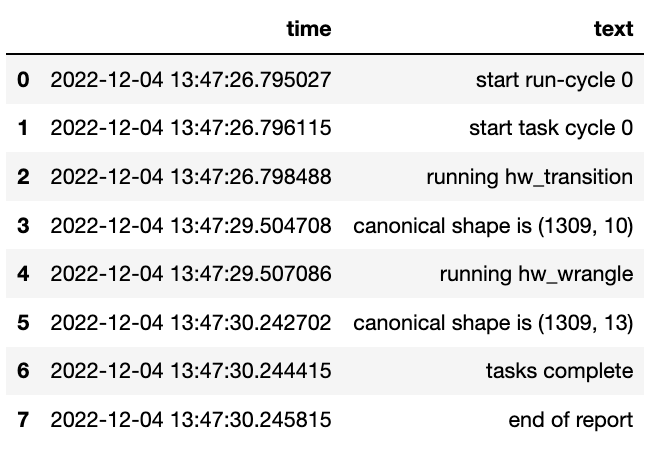Running in Python
Project Hadron is designed using Microservices. The components services are represented as a single Domain Contract or as a Domain Contract Ensemble that contains a Controller to orchestrate this ensemple of components. In both instances we need to point to the repo where the Domain Contracts are, in this case GitHub.
repo = "https://raw.githubusercontent.com/project-hadron/hadron-asset-bank/master/contracts/hello_hadron/hello_ensemble"
from ds_discovery import Transition, Controller
Run Component Pipeline
Generally pipelines are run as an ensemble, but occasionlly when
exploring an individual component’s details, one might want to run it on
its own to observe its outcome. Components are selected by their
class, their task_name and the repo where the Domain Contract
can be found.
tr = Transition.from_env('hello_tr', uri_pm_repo=repo)
Now we have loaded the instance of the component we can observe its details. In this case we are looking at its actions of intent.
tr.report_intent()

To run our sampled component we use the familiar method
run_component_pipeline which loads the source data, executes the
component task then persists the results. This is the only method you
can use to run the tasks of a component and produce its results and
should be a familiarized method.
tr.run_component_pipeline()
Run Ensemble Pipeline
More commonly components are run as an ensemble of Domain Contracts with a controller component orchestrating a single or set of other components. Creating and using a controller component gives us far more command over our individual components and allows us a better view of the run. An ensemble of components, orchestrated by a controller is considered akin to a microservice.
As we have seen before, as there is only one controller, we don’t need
to give it a task_name but we do need to point to the repo where the
domain contracts are, including the controller.
controller = Controller.from_env(uri_pm_repo=repo)
We can now observe the tasks the controller is orchestrating, and their details, allowing us a view of the ensemble or access to the details to dive deeper into each component.
controller.report_tasks()

Finally we run the controller, passing parameters that help us observe the run.
controller.run_controller(run_cycle_report='cycle_report.csv')
controller.load_canonical(connector_name='run_cycle_report')
